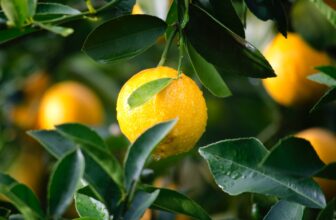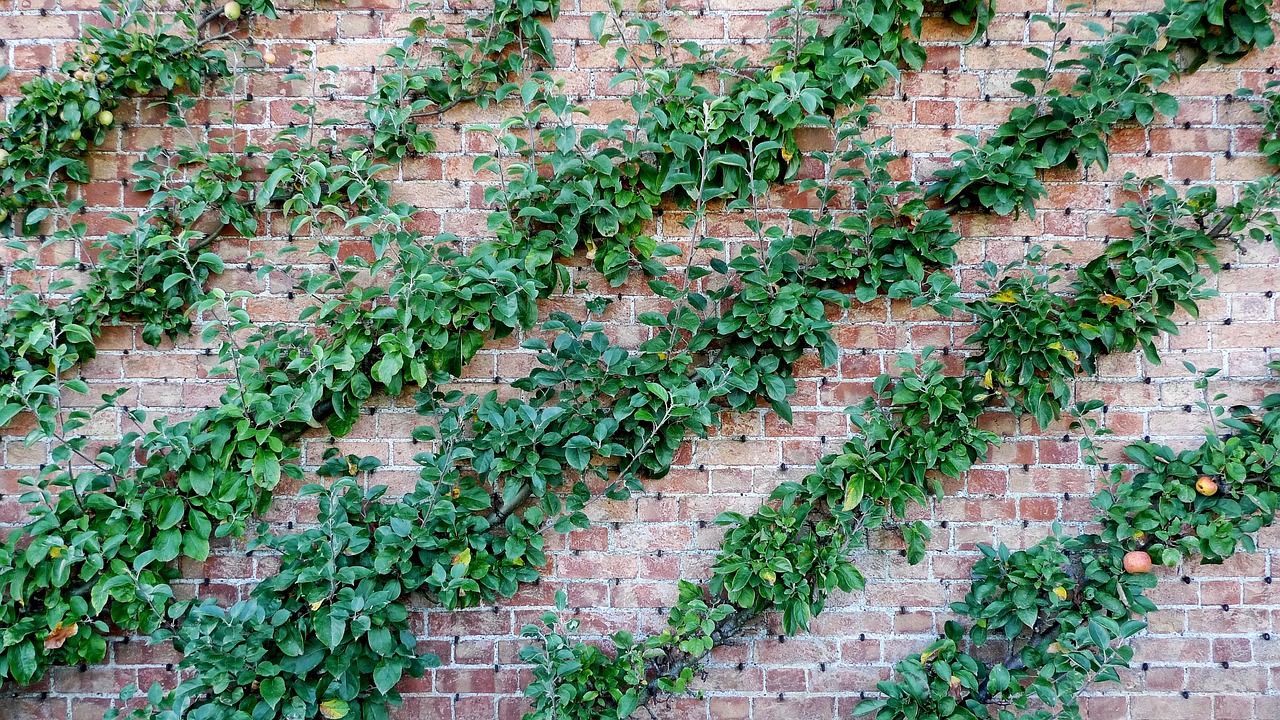
Table of Contents
Cordon methods are a popular way to grow trailing plants especially useful for gardeners with limited gardening space. It is a technique that trains plants to grow vertically, rather than horizontally, which allows for maximum use of small spaces, such as balconies, patios, and even indoor areas.
In this article, we’ll explore how you can use cordon methods to grow beautiful, healthy plants in limited spaces.
What is the Cordon Method?
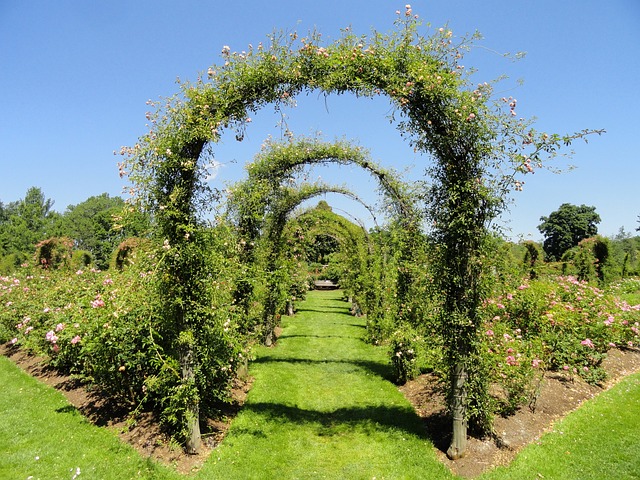
Cordon methods, also known as “single stem” or “trained stem” methods, is where a plant is trained to grow vertically along a support system, rather than allowing it to spread out horizontally. This technique is commonly used for growing fruit trees, grapevines, tomatoes, and other trailing plants.
To implement the cordon method, you can choose a single stem or main branch and secure it to a stake or trellis, pruning away any side shoots or branches. As the plant grows, it is tied or clipped to the support system at regular intervals, encouraging it to grow straight and tall.
The benefits of cordon methods include increased air circulation and sunlight exposure for the plant, as well as improved accessibility for pruning and harvesting. Cordon methods can help maximize space, as plants grown in this way take up less room than those allowed to spread out horizontally.
However, cordon methods require regular pruning and training to maintain the desired shape and size of the plant. They are also typically more suitable for smaller plants, as larger plants may require more complex support systems or additional pruning.
What is a Trellis and What to Consider When Using One

In cordon methods of gardening, a trellis is a support system used to train a plant to grow vertically. They can be made from a variety of materials, such as wood, metal, or wire mesh, and are typically designed to be strong enough to support the weight of the plant as it grows.
- A trellis can take many different forms, depending on the type of plant being grown and the available space. For example, a simple stake can be used to support a single stem tomato plant, while a more complex trellis system may be required for a fruit tree.
- When using a trellis in cordon methods, the plant is tied or clipped to the trellis at regular intervals as it grows, encouraging it to grow vertically and preventing it from sprawling out horizontally. This helps maximize space and sunlight exposure, while also improving air circulation and making it easier to prune and harvest the plant.
- The supports that you are choosing should be sturdy enough to support the weight of the plant and even bear the weight of fruits. The supports should not wither or tear in different weather conditions, they should be made with weatherproof materials, such as powder-coated or galvanized steel, and treated or painted wood. This should particularly be considered if you are growing a perennial vine.
- Consider the plants you are growing and how much support they need.For example, a sweat pea needs a different kind of support as compared to a climbing rose. Cucumber and tomato plants need different kinds of support than pole beans. Remember to do your research about the plant you want to grow and which kind of support is best for it. Then choose the support according to the needs of the plant.
- The third thing is to consider why you need the support and why you are growing that plant. There are some decorative plants that need support, and the support is also part of the decoration. These plants are usually the interesting focal points in the garden and can be obelisk marking to finish a pathway or arbors to mark an entryway. On the other hand, the plant may be for screening views or delineating boundaries where you may use walls, fences, pergolas, or trellis panels for this.
- Also consider the climatic conditions, such as sunlight exposure, temperature, winds, and rain, type of soil you are growing the plant in, and the variety of plants you are growing.
How is the Cordon Method Useful?
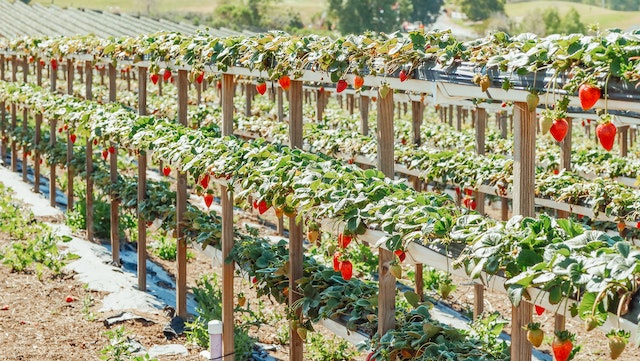
The support helps the plant to grow maximum and prevent outbreaks of disease and pest infestation. This is possible as the plant receives sunlight and aeration is possible. This support also helps with harvesting and other cultivation techniques. The whole garden looks tidier as there are no trailing vines getting smashed under your feet as you move through the garden.
Here are some benefits of the cordon method of growing:
- This method allows gardeners to maximize limited spaces. You can grow plants in a smaller place and harvest a great yield.
- The cordon method can help increase yields by improving air circulation and sunlight exposure for the plant. This can lead to healthier, more productive plants that produce larger and better-quality fruits, vegetables, or flowers.
- This method makes it easier to prune and maintain the plant, as the vertical growth pattern allows for easier access to all parts of the plant. This can help prevent disease and pests and make it easier to harvest crops when they are ready.
- Cordon methods support the trailing and vining plants that cannot stand up unsupported.
- Even plants in pots can be supported by cordons and made to grow taller and higher.
- Trellis and other supporting structures beautify the garden space and add a decorative thing to the garden.
- You can harvest the plant easily as every single fruit is visible as the plant stands tall. There are no excessive leaves or side shoots, thus providing a view into the whole of the plant.
- The garden looks tidier and better as there are no trailing and vining plants to come underneath the feet. You can walk comfortably around the garden and harvest the fruits easily.
Different Cordon Systems
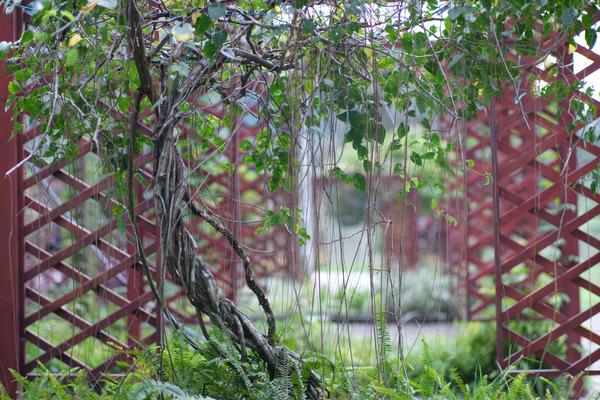
You may select different training systems as per plant needs. There are two types of cordon systems based on their size. These types are:
- Low-trained category: These are used to grow vines that are kept very short, to a maximum height between 20 and 60cm
- High-trained category: This includes the trailing plants whose trunks are kept a bit higher, between 20 and 60cm
The other way to classify cordon methods is based on their shape. You can use both high and low-cordon shapes as per your needs and the type of plant you are growing. Here are some common examples of cordons based on their shapes:
- Royal or Single Cordon: In this training technique, there is a single main shoot or cordon in one vine
- Double or Two-sided Cordon: This is like the Royal Cordon, the only difference being that there are two shoots or cordons bent in opposite directions.
Some other cordon shapes include:
- Goblet shape: This is one of the oldest training shapes. People living in hot and dry areas have poor soil and non-irrigated vineyards. This shape does not use any trellising and the trunks of plants are grown to 20-30cm in height. There are three to eight stems growing around the trunk to make a goblet or cup shape.
- Guyot shape: People living in cool climates often use this system. This is quite similar to the two-sided training technique, but with one big difference. Taking two stems, one is cut off leaving behind just a couple of buds and the other one has 6 to 10 buds. The long stem then produces fruit, while the shorter one is left to produce a couple of new cordons. Of these two, one is pruned having a couple of buds, and the other one has 6 to 10 buds. This sequence continues.
- Pergola: This cordon technique is mostly used for table grape varieties. The main trunk of the plant is left to grow high and the shots are positioned horizontally up above, this creates a pergola or a roof. The main trunk is at least left to grow for a couple of years. It needs maintenance to stay in shape. When it reaches the optimal height, the farmer places a wire plexus above. All the shoots are then trained horizontally along this.
- U or Lyre shape: This technique works by the similar principle of a two-sided cordon, the difference being that the two main cordons form a cross by bending onto two different trellis systems. Two shoots grow out of the main stem, making an angle of 90 degrees towards another wire that is parallel to the row of the main stem. The benefits of this system are offering great aeration, shade, and sunlight penetration. But it needs a lot of care to maintain properly.
FAQs about the Cordon Method of Growing Plants
Look at the growth habit of your tomato plant. If it has one main stem and minimal branching, it is likely a cordon plant. If it has multiple stems and a bushy appearance, it is likely a bush plant.
In tomato cultivation, cordon refers to a single stem that is trained to grow vertically with side shoots removed.
In gardening, cordon refers to a method of training plants, typically fruit trees or vines, to grow vertically with minimal branching.
Cordon is a method of training a plant with a single stem, while espalier is a technique of training a plant to grow flat against a wall or trellis with a series of horizontal branches.
To cordon an area, create a physical barrier such as a fence, tape or rope to isolate it from the surrounding environment.
Wrapping Up
Growing trailing and vining plants become much easier by using the cordon method of growing. Think about which plants you are planning to grow and choose a suitable cordon method for growing the plants you choose. You can now easily grow cordon tomatoes, peas, grapevines, and a lot of other trailing plants even if you have limited space which is the beauty of cordon methods of gardening.






